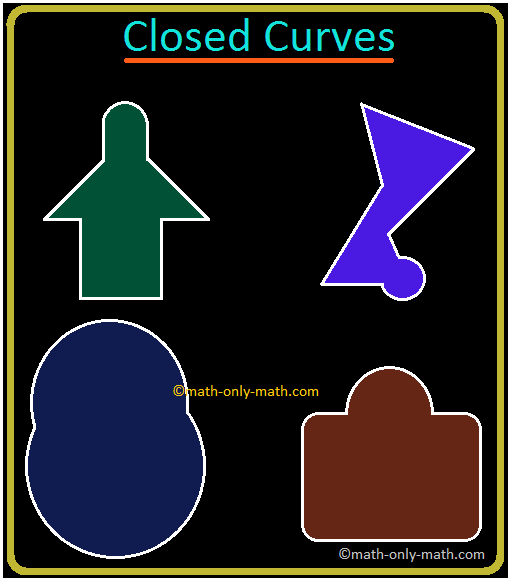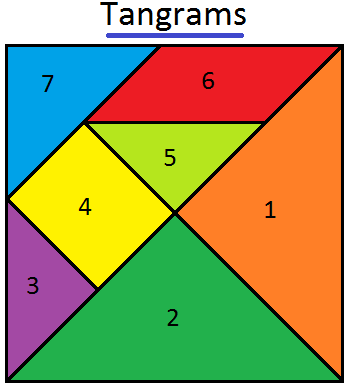Uniform Rate of Growth
We will discuss here how to apply the principle of compound interest in the problems of uniform rate of growth or appreciation.
The word growth can be used in several ways:
(i) The growth of industries in the country
(ii) The rapid growth of plants or inflation, etc.
If the rate of growth occurs at the same rate, we call it as uniform increase or growth
When the growth of industries or, production in any particular industry is takes into consideration:
Then formula Q = P(1 + \(\frac{r}{100}\))\(^{n}\) can be used as:
Production after n years = Initial (original) production (1 + \(\frac{r}{100}\))\(^{n}\) where rate of growth in production is r%.
In the similar manner, the formula Q = P(1 +
\(\frac{r}{100}\))\(^{n}\) can be used for the growth of plants, growth of
inflation, etc.
If the present value P of a quantity increase at the rate of r% per unit of time then the value Q of the quantity after n units of time is given by
Q = P(1 + \(\frac{r}{100}\))\(^{n}\) and growth = Q - P = P{(1 + \(\frac{r}{100}\))\(^{n}\) - 1}
(i) If the present population of a town = P, rate of growth of population = r % p.a. then the population of the town after n years is Q, where
Q = P(1 + \(\frac{r}{100}\))\(^{n}\) and growth of population = Q - P = P{(1 + \(\frac{r}{100}\))\(^{n}\) - 1}
(ii) If the present price of a house = P, rate of appreciation in price of the house = r % p.a. then the price of the house after n years is Q, where
Q = P(1 + \(\frac{r}{100}\))\(^{n}\) and appreciation in price = Q - P = P{(1 + \(\frac{r}{100}\))\(^{n}\) - 1}
Increase in population, increase in number of students in academic institutions, increase in production in the fields of agriculture and industry are examples of uniform increase or growth.
Solved examples on the principle of compound interest in the uniform rate of growth (appreciation):
1. The population of a village increases by 10% every year. If the present population is 6000, what will be the population of the village after 3 years?
Solution:
The present population P = 6000,
Rate (r) = 10
Unit of time being year (n) = 3
Q = P(1 + \(\frac{r}{100}\))\(^{n}\)
⟹ Q = 6000(1 + \(\frac{10}{100}\))\(^{3}\)
⟹ Q = 6000(1 + \(\frac{1}{10}\))\(^{3}\)
⟹ Q = 6000(\(\frac{11}{10}\))\(^{3}\)
⟹ Q = 6000 × (\(\frac{11}{10}\)) × (\(\frac{11}{10}\)) × (\(\frac{11}{10}\))
⟹ Q = 7986
Therefore, the population of the village will be 7986 after 3 years.
2. The present population of Berlin is 2000000. If the rate of increase of population of Berlin at the end of a year is 2% of the population at the beginning of the year, find the population of Berlin after 3 years?
Solution:
Population of Berlin after 3 years
Q = P(1 + \(\frac{r}{100}\))\(^{n}\)
⟹ Q = 200000(1 + \(\frac{2}{100}\))\(^{3}\)
⟹ Q= 200000(1 + \(\frac{1}{50}\))\(^{3}\)
⟹ Q= 200000(\(\frac{51}{50}\))\(^{3}\)
⟹ Q= 200000(\(\frac{51}{50}\)) × (\(\frac{51}{50}\)) × (\(\frac{51}{50}\))
⟹ Q = 2122416
Therefore, the population of Berlin after 3 years = 2122416
3. A man buys a plot of land for $ 150000. If the value of the land appreciates by 12% every year then find the profit that the man will make by selling the plot after 2 years.
Solution:
The present price of the land, P = $ 150000, r = 12 and n = 2
Q = P(1 + \(\frac{r}{100}\))\(^{n}\)
⟹ Q = $ 150000(1 + \(\frac{12}{100}\))\(^{2}\)
⟹ Q = $ 150000(1 + \(\frac{3}{25}\))\(^{2}\)
⟹ Q = $ 150000(\(\frac{28}{25}\))\(^{2}\)
⟹ Q = $ 150000 × (\(\frac{28}{25}\)) × (\(\frac{28}{25}\))
⟹ Q = $ 188160
Therefore, the required profit = Q – P = $ 188160 - $ 150000 = $ 38160
● Compound Interest
Compound Interest with Growing Principal
Compound Interest with Periodic Deductions
Compound Interest by Using Formula
Compound Interest when Interest is Compounded Yearly
Compound Interest when Interest is Compounded Half-Yearly
Compound Interest when Interest is Compounded Quarterly
Variable Rate of Compound Interest
Difference of Compound Interest and Simple Interest
Practice Test on Compound Interest
● Compound Interest - Worksheet
Worksheet on Compound Interest
Worksheet on Compound Interest when Interest is Compounded Half-Yearly
Worksheet on Compound Interest with Growing Principal
Worksheet on Compound Interest with Periodic Deductions
Worksheet on Variable Rate of Compound Interest
Worksheet on Difference of Compound Interest and Simple Interest
8th Grade Math Practice
From Uniform Rate of Growth to HOME PAGE
Didn't find what you were looking for? Or want to know more information about Math Only Math. Use this Google Search to find what you need.
Recent Articles
-
Fundamental Geometrical Concepts | Point | Line | Properties of Lines
Apr 18, 24 02:58 AM
The fundamental geometrical concepts depend on three basic concepts — point, line and plane. The terms cannot be precisely defined. However, the meanings of these terms are explained through examples. -
What is a Polygon? | Simple Closed Curve | Triangle | Quadrilateral
Apr 18, 24 02:15 AM
What is a polygon? A simple closed curve made of three or more line-segments is called a polygon. A polygon has at least three line-segments. -
Simple Closed Curves | Types of Closed Curves | Collection of Curves
Apr 18, 24 01:36 AM
In simple closed curves the shapes are closed by line-segments or by a curved line. Triangle, quadrilateral, circle, etc., are examples of closed curves. -
Tangrams Math | Traditional Chinese Geometrical Puzzle | Triangles
Apr 18, 24 12:31 AM
Tangram is a traditional Chinese geometrical puzzle with 7 pieces (1 parallelogram, 1 square and 5 triangles) that can be arranged to match any particular design. In the given figure, it consists of o… -
Time Duration |How to Calculate the Time Duration (in Hours & Minutes)
Apr 17, 24 01:32 PM
We will learn how to calculate the time duration in minutes and in hours. Time Duration (in minutes) Ron and Clara play badminton every evening. Yesterday, their game started at 5 : 15 p.m.




